Shut lab down: DNA fiasco in Shandee Blackburn murder case
Forensics failures in Queensland’s government-run laboratory seriously compromised the investigation into the murder of Shandee Blackburn, an expert says.
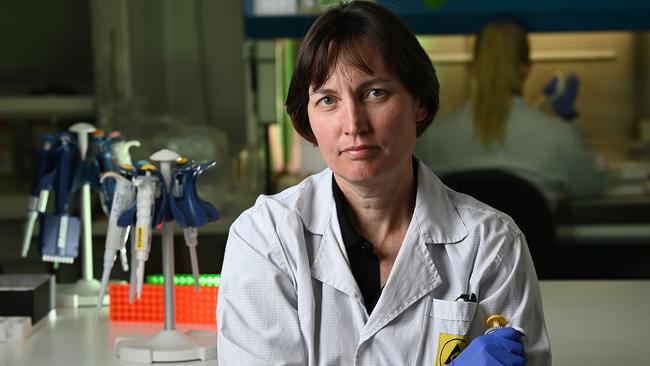
A police investigation into the savage murder of a young woman stabbed to death has been seriously compromised by forensics failures in Queensland’s government-run laboratory, according to a DNA expert.
After months examining hundreds of pages of relevant documents from the case, Kirsty Wright is convinced critical problems were distorting the lab’s testing, thwarting its ability to generate DNA profiles from crime scenes and potentially allowing a killer to escape.
Dr Wright, the former national head of Australia’s criminal DNA database, said the errors and obvious problems in the lab during the 2013 and 2014 forensics investigations after the slaying of Shandee Blackburn, 23, were unprecedented in her professional experience.

Dr Wright urged an independent investigation to be overseen by a body such as Queensland’s Crime and Corruption Commission, or a public inquiry.
The forensic biologist said unless the lab ceased testing immediately, there would be an ongoing risk of more errors in criminal cases from rapes to murders. Her findings are detailed in Shandee’s Story, the investigative podcast series examining the unsolved murder of Blackburn as she walked home from work in Mackay in February 2013.
“This is serious. This is really serious. It’s diabolical,” Dr Wright told the series. “The lab should immediately stop producing evidence, stop producing DNA profiles. There needs to be a thorough and independent investigation of what’s gone on.”
Dr Wright is confident major changes to the lab’s equipment and software introduced just weeks before Blackburn’s murder fundamentally interfered with its ability to obtain DNA profiles.
The issues she has identified include the lab’s highly unusual failure to find any trace DNA of Blackburn’s former boyfriend John Peros, the main police suspect in the murder, on the surfaces of his own dirty Toyota HiLux ute.
The vehicle was almost 20 years old when Blackburn was killed, and Mr Peros travelled many thousands of kilometres a year in it. His DNA should have carpeted the ute but the lab said no trace DNA was detected on police swabs and tape lifts from the steering wheel, handbrake, gear shift, driver’s seat and front-door handles and window wind – all surfaces that as the driver he regularly touched.
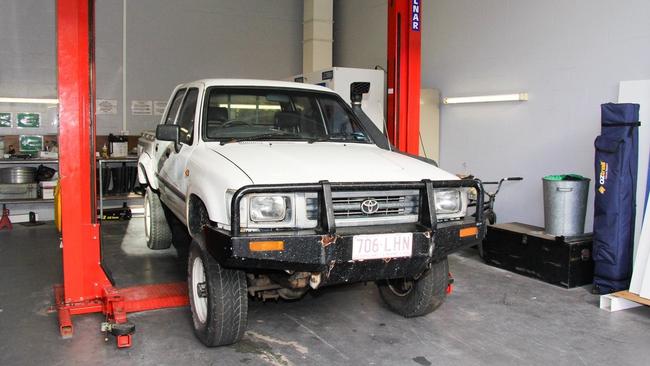
“That’s very, very strange to not get any of his DNA from the inside of a vehicle that hasn’t been recently cleaned,” Dr Wright said.
“You would expect to see at least on a couple of those samples … the DNA of the driver of that vehicle but there’s a complete absence of that DNA.”
Dr Wright has been working with The Australian’s national chief correspondent, Hedley Thomas, to investigate Blackburn’s unsolved murder.
The issues she has identified could provide an explanation for the absence of any forensic evidence linking Mr Peros to the murder – or alternatively, explain the lack of forensic evidence linking someone else to the crime.
One of the biggest red flags for Dr Wright was a sample called S14, collected by experienced police scientific officer Sergeant Adrian Brock from what he noted as being a “pool of blood”.
It was from the Boddington Street gutter where Blackburn stopped moving as blood seeped from her knife wounds.
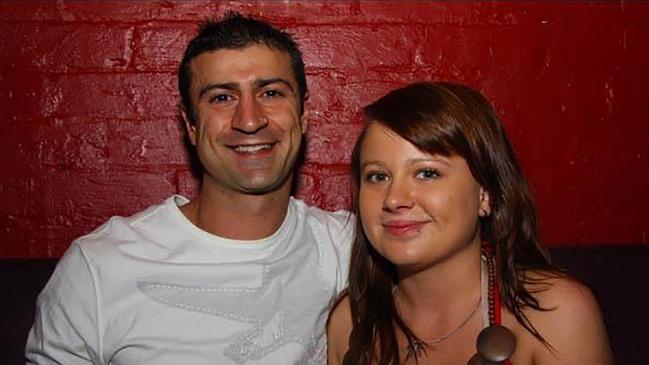
Sergeant Brock performed a Combur test – an immediate presumptive test for blood – and it returned a result of being positive for blood.
When the lab tested the sample for DNA, it came back with another blank: “No DNA detected.”
Dr Wright said: “That’s an absolutely incredible concern, because if you’ve got nice, fresh whole blood – presumably good quality and a lot of quantity – and you’re not getting a DNA profile, there is no way you are going to get DNA from any trace amounts.
“So that means there’s something very, very wrong within that laboratory. And that means that all the samples that were attempted to be tested for this case, all of them that didn’t return a profile, it puts a big question mark on them.”
It can also be revealed 12 areas in Mr Peros’s car tested presumptively positive to blood when Sergeant Brock sprayed a fine mist of Luminol over the vehicle.
He collected, and labelled as blood, samples from the steering wheel; ignition; front passenger’s side footwell; handbrake well; clutch, accelerator and brake pedals; a rear-door handle, window wind and door trim; and the rear of the driver’s seat-back.
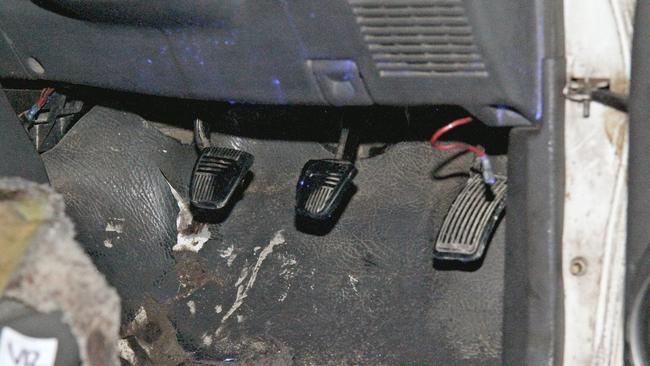
Police were looking for Blackburn’s blood, believing it would have likely been transferred to the car if Mr Peros was the killer and drove the vehicle immediately after the murder, as they suspected.
Mr Peros emphatically denies involvement in the crime.
When Luminol falls on a surface where there’s blood, it causes a chemical reaction and produces a distinctive blue colour, showing up even when the blood has been carefully wiped away.
It is a strong indicator of blood but not conclusive proof as chemicals in other substances can react with Luminol to produce false positives.
The government lab said no DNA was detected in the 12 samples so Sergeant Brock accepted it wasn’t blood.
As a result, the jury that acquitted Mr Peros of Blackburn’s murder in less than two hours in 2017 was never told about the potential blood evidence.
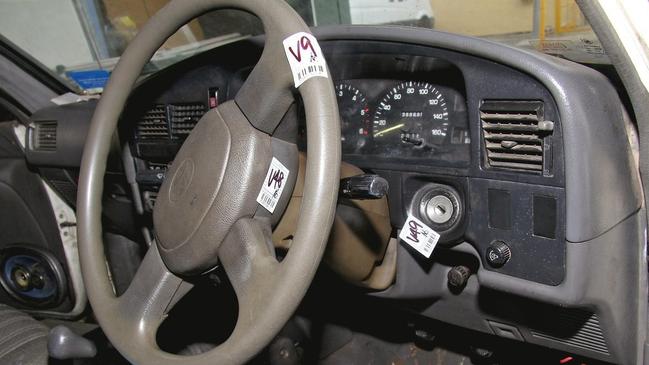
With the lab’s results now under a cloud, Dr Wright says: “The question is, was there trace DNA potentially from Shandee in John Peros’s car that was there but wasn’t detected.”
Dr Wright co-wrote a peer-reviewed scientific paper that set out the sensitivity of four different presumptive tests for detecting blood. Luminol was easily the most likely to detect blood, and the least likely to return a false positive, with an overall misclassification rate of 7 per cent.
“There were three or four areas that Brock notes that were Luminol positive and it reacted very fast and very intense. So that’s a good indication that it’s a true positive result,” Dr Wright said.
Sergeant Brock sent a total of 51 samples from Mr Peros’s HiLux ute to the government lab.
The lab decided to test 33, of which 27 came back as blanks, labelled “no DNA detected”.
Of the remaining six, four were found to have mixtures of DNA, meaning more than one person’s DNA.
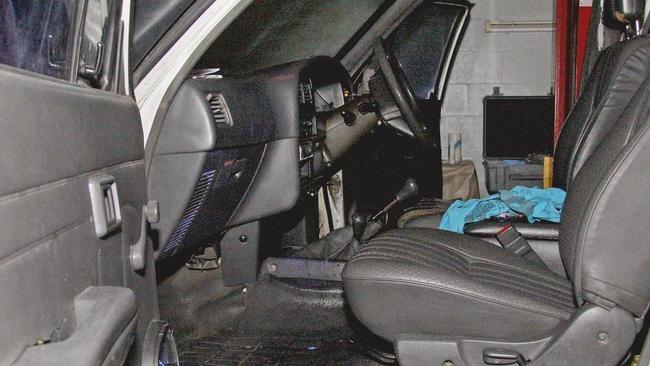
The lab said these mixtures were “unsuitable for meaningful interpretation” so they were effectively useless for police.
The only DNA that came back of the car’s owner and driver was from a water bottle and cigarette butt in the car.
The Queensland Health Forensic and Scientific Services lab runs separately and independently from the police service.
Police collect forensic evidence samples from crime scenes and deliver them to the lab, relying on the expertise of forensic biologists who do the testing and their sophisticated instruments and software.
Dr Wright is very familiar with the lab as she previously worked there.
In December 2012, just weeks before Blackburn’s murder, the lab implemented a new computer program for DNA profiling called STRmix, and a new DNA profiling kit called PowerPlex 21.
“With the introduction of the new DNA profiling kit and the new DNA mixture software, I think that in some instances they may have actually even profiled the offender’s DNA, but they’ve missed it – they haven’t been able to interpret it properly because of the problems,” she said.
Dr Wright says there needs to be an external inquiry and the lab’s results, processes and equipment should be independently audited by reputable scientists.
“What these issues and mistakes suggest to me is there’s systemic errors occurring.
“And systemic errors occur when a lab is thoroughly broken at many levels,” she said.
“A lab that is thoroughly broken at many levels cannot self-investigate and then correct that.”
Coroner David O’Connell last year found Mr Peros did kill Blackburn but did not find fresh and compelling evidence required to charge him again under double jeopardy laws.
Queensland Health declined to answer any of The Australian’s 15 detailed questions about the case, sent last week.
Anyone with information about the murder of Shandee Blackburn can contact Hedley Thomas at shandee@theaustralian.com.au




